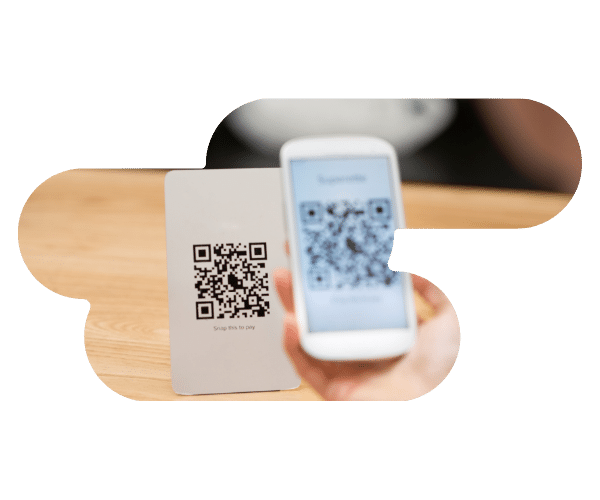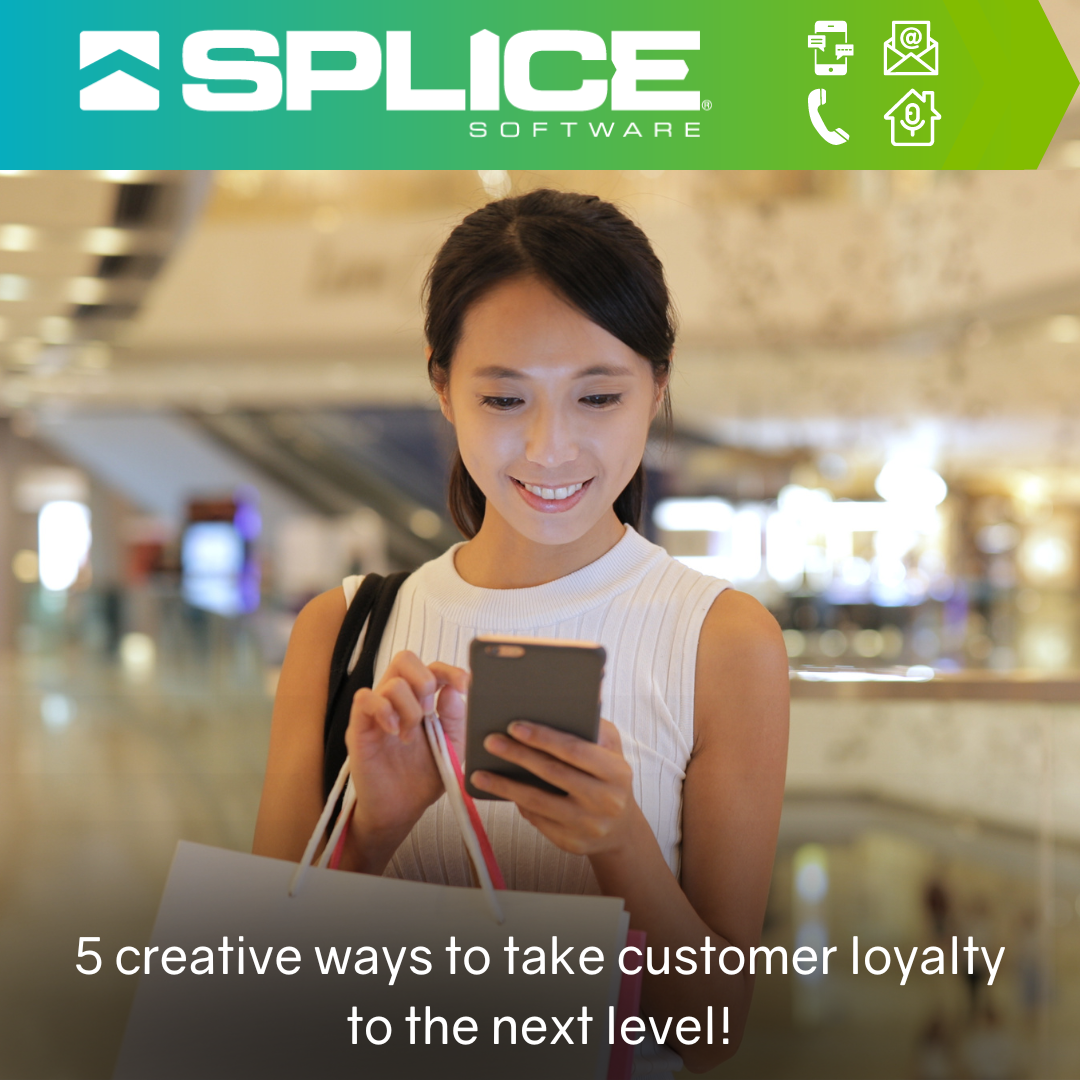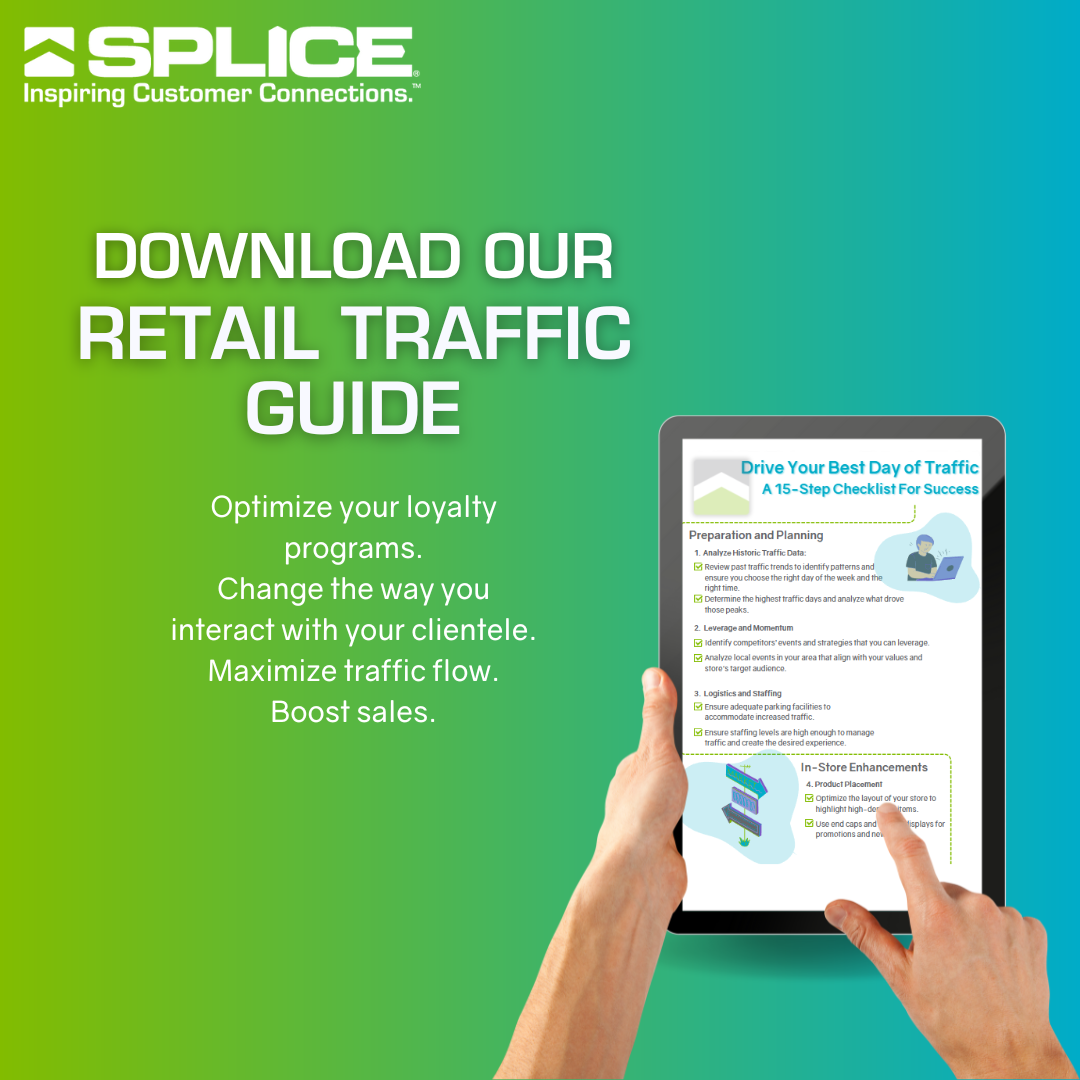Key Retail Trends you Should be Prepared for in the Post COVID Economy

COVID-19 completely reshaped the retail landscape. It caused both temporary and permanent closure of many storefronts which forced many business owners to change the way they had previously operated. The digital transformation that took place over the last 18 months has exceeded that of the last 10 years for many businesses. Many retailers have turned to an online experience for their customers, introducing new digital platforms for their customers to shop, booking appointments, ordering curbside pick-up, or even digitally waiting in line. Through all this change and digital enhancements, a new standard for customer experience has emerged and it will alter how customers prefer to shop going past the pandemic.
The end of the COVID-19 pandemic is predicted to be the beginning of a bolstered economy with much of the labor force finally being able to return to work. In terms of the retail industry, this also predicts the beginning of many changes to the shopping experience that companies need to be aware of. As people become fully vaccinated and restrictions begin to lift, now is the time to truly understand your customers expectations, and how you can proactively prepare to meet them.
Increased Financial Stability
Another positive impact of the inevitable economic boom is the financial prosperity it will bring. As people begin to return to work and new businesses are developed, people will have an increase in expendable income. In turn, they can reinvest the money back into the economy. Where the money will be reinvested will be determined based on a consumer criteria that they have likely been shaping based on their experiences over the past few months. To secure a customer loyalty and purchasing patterns going forward, it is vital to understand what criteria they are basing their purchasing decisions on and ensuring a company's brand experience matches.


Digital Platforms have Raised Customer Expectations
Consumers have had their fair share of practice using online and digital platforms in their shopping experiences over the past year, mostly because they had to adapt. Even generations and demographics who historically would shy away from the use of certain technologies have had to learn due to the limitations brought around by the pandemic. This is good news for businesses as much of the digital transformation they have gone through to create a COVID friendly shopping experience can still be leveraged going forward past the pandemic. This is the time to evaluate the long-term value of these improvements. What's the best way to assess which digital assets to keep and which to ditch? Just ask. A great way to stay engaged with your customers and make them feel heard is to survey them on the important elements that can influence their buying experience or provide them the opportunity to start those conversations at their convenience.
Customer Experience is Key to Getting Customers Back in Stores
Humans are creatures of habit, we do things we feel comfortable with and that statement holds true in shopping. This past year has made customers feel comfortable leveraging digital platforms in their shopping journey and staying close to home to buy essentials. As shoppers begin to once again expand beyond these physical and mental barriers built up by COVID, they will have a more critical eye when it comes to choosing where to buy. The customer experience has always been important but now with so many more people comfortable with the online alternatives, it will take a lot more to convince them that shopping in your store is the best choice. There are a lot of perks to the in-store shopping experience but this is an ideal time to convey those perks to the many who may be hesitant.


Utilizing Hybrid Experiences is the way of the Future
Finally, brands need to embrace the new reality of the hybrid shopping experience. Customers will not likely choose to strictly shop solely in-store or online, but a mixture of both. Customers might go in-store to test out a new sofa or mattress, but then go home and order it online. The reverse could also happen where a customer shops around and researches online customer reviews on a product before going in-store to buy it. By embracing how customers truly want to shop you can ensure that they are presented with the right information and opportunities at the right time. Offer QR codes next to big ticket items so customers can easily look up reviews and product comparisons allowing them to make informed buying decisions. Let them digitally enter a line for the fitting room so they don’t have to wait in line or run around searching for a sales associate. Let them scan the product bar code to seamlessly purchase items while in-store and have them automate the shipping process to their house. Combine the convenience of online shopping with the immediacy of in-store shopping to create an elevated customer experience for your shoppers.
The COVID-19 Pandemic created an accelerated rate of digital growth for many businesses to combat the ever changing restrictions, but it is important that companies utilize this growth moving forward. This pandemic has offered the opportunity to create an elevated, hybrid experience for customers. With the opportunity for exponential growth on the horizon, the customer experience has never been more critical. Now is the time to ensure you are ready for the task and work proactively to ensure the best possible results moving forward.
You might also be interested in...
Sorry!
No items currently match your filtering criteria.




